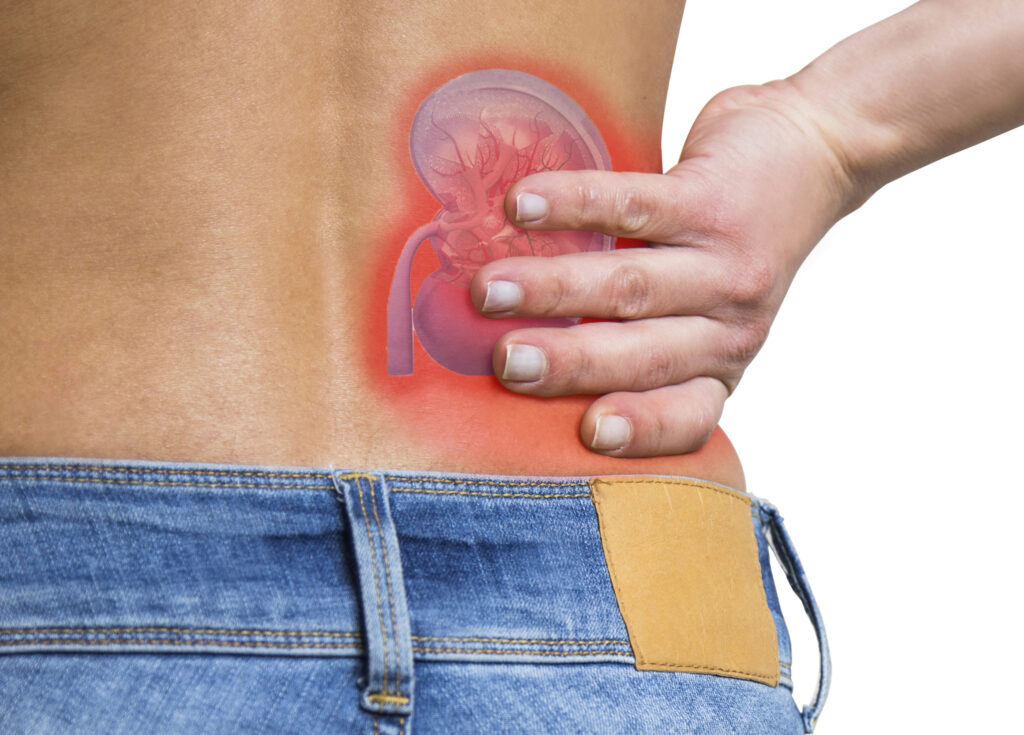Often the first sign of a kidney stone is pain. Depending on the size and location of the stone, pain can range from mild to intense. The pain is also referred to as renal colic.
If a stone is large, the pain can be very painful and a urologist may recommend surgery to break it up. Small stones may not cause pain, but they can pass on their own. They can be as large as a ping pong ball or as small as a pen. Depending on the location of the stone, pain can be felt in the lower abdomen, flank, side or back.
Pain can vary in intensity, depending on the location of the stone, the level of obstruction and the amount of blood present in the urine. The most common symptom is pain while urinating. Other symptoms include nausea, vomiting, fever, blood in the urine and kidney swelling. The symptoms can mimic a number of conditions, including appendicitis and urinary tract infections. However, kidney stones are usually caused by a buildup of dissolved minerals in urine, such as calcium, uric acid, cystine and oxalate.

Kidney stones can be painful when they obstruct the urethra, the tube that leads from the kidney to the bladder. A stone can also cause a ureter spasm, which can cause severe pain. It can also cause the urine to become cloudy or to smell differently. If a stone blocks the urethra, hematuria (blood in the urine) can occur. The urine can appear red or brown, depending on the blood level.
A kidney stone can also cause a painful urinary tract infection. Pain is often the first symptom of this infection, but it does not always occur. Depending on the location of the stone and the severity of the infection, pain can be mild or severe. A health care provider can rule out other causes of abdominal pain, such as appendicitis or a tumor.
Other common symptoms of a kidney stone are nausea, vomiting, fever, pain while urinating, kidney swelling, cloudy or yellow urine, and pain in the groin. Kidney stones can be passed naturally on their own or they can be removed through surgery. The decision to remove the stone depends on the size of the stone and the likelihood of getting treatment quickly.
If a stone is larger than 10 millimeters, it is generally necessary to undergo a procedure to break it up. Depending on the size and shape of the stone, a health care provider may recommend a keyhole surgery or percutaneous nephrolithotomy. Shock wave lithotripsy is a treatment that uses high energy shock waves to crush the stone. The procedure uses no incisions and takes about an hour. Shock wave lithotripsy may also involve medication to reduce pain.
During a kidney stone attack, pain can increase in intensity and spread from the side to the flank and back. This type of pain can be very uncomfortable and can cause you to avoid urinating.